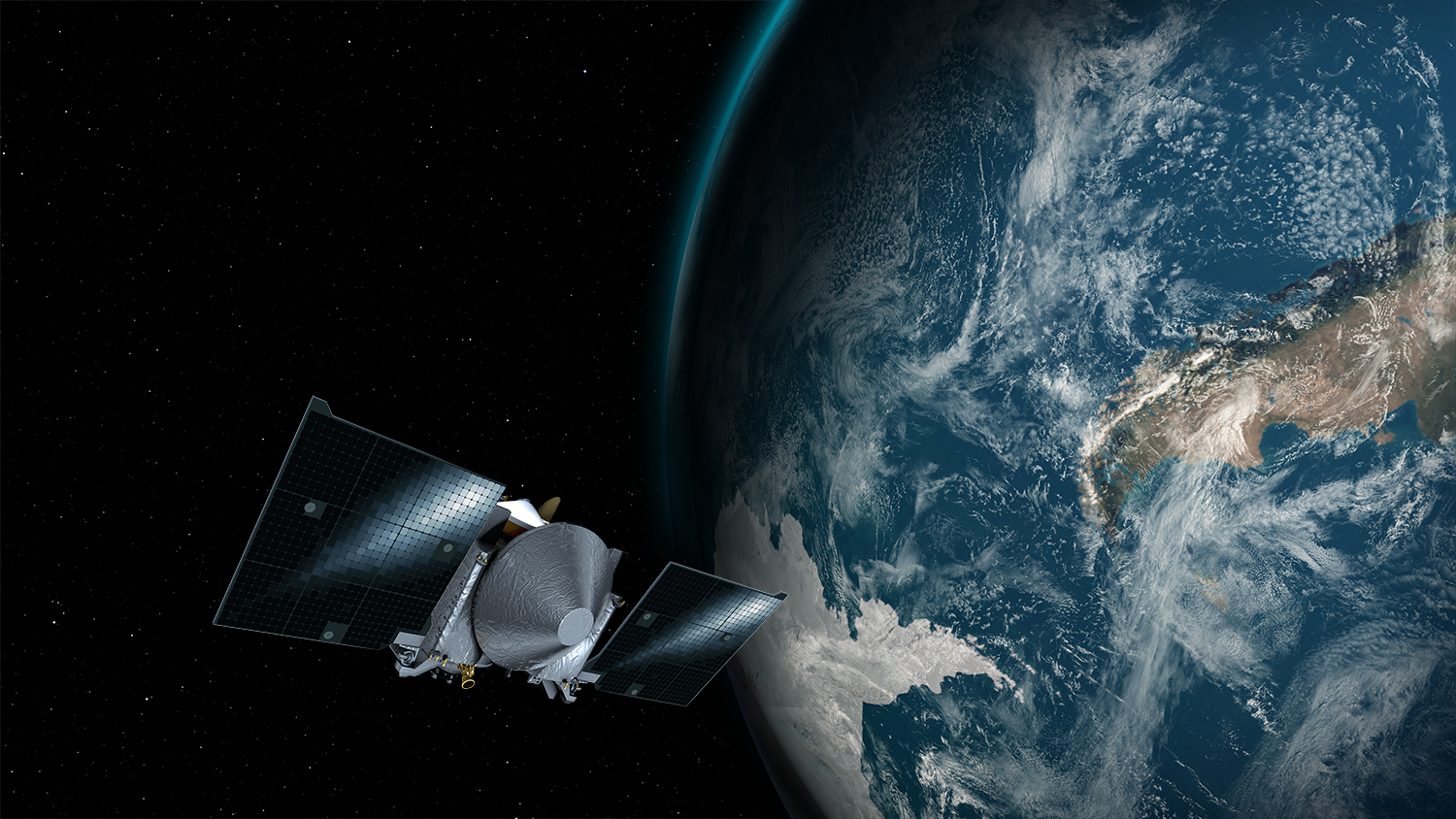On Sept. 22, NASA’s OSIRIS-REx (Origins, Spectral Interpretation, Resource Identification, and Security – Regolith Explorer) spacecraft will make a close approach to Earth, using the planet’s gravity to slingshot itself toward the asteroid Bennu. Over the course of several days, observatories and amateur astronomers with specialized equipment will be able to see OSIRIS-REx as the spacecraft approaches and retreats from its closest position over Earth, approximately 11,000 miles (17,000 km) above the planet’s surface.
The mission will collect images of OSIRIS-REx taken by observatories and other ground-based telescopes around the world during this period – approximately Sept. 10-23, depending on location and local conditions. Observers from the OSIRIS-REx Target Asteroids! citizen science program, who regularly volunteer their time to help scientists study near-Earth asteroids, will be among those who train their telescopes on the spacecraft’s path.
“The opportunity to capture images of the OSIRIS-REx spacecraft as it approaches Earth provides a unique challenge for observers to hone their skills during this historic flyby,” said Dante Lauretta, OSIRIS-REx principal investigator at the University of Arizona, Tucson. “As the spacecraft approaches Earth for its own imaging campaign, ground-based observers will also be looking up and taking photos from the opposite perspective.”
Individuals and groups may submit images of the spacecraft via the mission’s website, where instructions to locate the spacecraft in the sky are also available.
“The team is eager and ready to execute the Earth Gravity Assist,” said Rich Burns, OSIRIS-REx project manager at NASA’s Goddard Space Flight Center in Greeenbelt, Maryland. “Not only will it be a significant change in trajectory putting OSIRIS-REx on track for rendezvous with Bennu, it also represents a unique opportunity for the OSIRIS-REx instruments to observe our home planet. It is fantastic that ground based observers are also taking the opportunity to image OSIRIS-REx.”
The images collected during the Earth gravity assist represent the last opportunity for Earth-based observers to see the spacecraft — until it returns to Earth in 2023 carrying a sample from asteroid Bennu.
The Japan Aerospace Exploration Agency (JAXA), the home institution of several OSIRIS-REx science team members, will also work with the Japan Public Observatory Society and the Planetary Society of Japan to collect imagery from vantage points in Japan.
Shortly before OSIRIS-REx reaches its closest distance from Earth, the spacecraft will fly over the eastern half of Australia, giving observers there some of the best opportunities to see and photograph the spacecraft. The Desert Fireball Network — an organization based at Curtin University, Perth, that studies meteorites, fireballs and their pre-Earth orbits—will deploy observers to locations around Australia to track OSIRIS-REx across the sky.
Members of the public without telescopes can still celebrate the Earth Gravity Assist by joining the “Wave to OSIRIS-REx” social media campaign. Individuals and groups from anywhere in the world are encouraged to take photos of themselves waving to OSIRIS-REx, share them using the hashtag #HelloOSIRISREx and tag the mission account in their posts on Twitter (@OSIRISREx) or Instagram (@OSIRIS_REx).
Participants may begin taking and sharing photos at any time — or wait until the OSIRIS-REx spacecraft makes its closest approach to Earth at 12:52 p.m. EDT on Friday, Sept. 22.
NASA’s Goddard Space Flight Center provides overall mission management, systems engineering and the safety and mission assurance for OSIRIS-REx. Dante Lauretta of the University of Arizona, Tucson, is the principal investigator, and the University of Arizona also leads the science team and the mission’s observation planning and processing. Lockheed Martin Space Systems in Denver built the spacecraft and is providing flight operations. Goddard and KinetX Aerospace are responsible for navigating the OSIRIS-REx spacecraft. OSIRIS-REx is the third mission in NASA’s New Frontiers Program. NASA’s Marshall Space Flight Center in Huntsville, Alabama, manages the agency’s New Frontiers Program for its Science Mission Directorate in Washington.
For more information on OSIRIS-REx, visit:
www.nasa.gov/osirisrex and www.asteroidmission.org
Erin Morton
University of Arizona, Tucson
Nancy Neal Jones
NASA’s Goddard Space Flight Center, Greenbelt, Md.




























